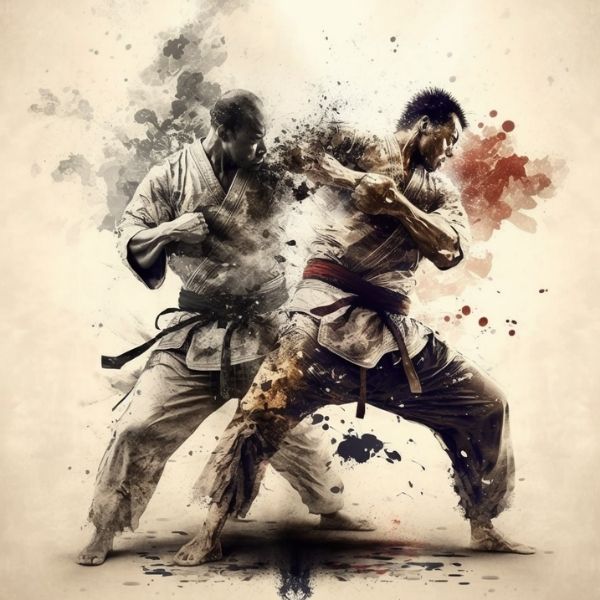


The world of martial arts is vast and diverse, encompassing numerous disciplines, each with unique techniques and requirements. Regardless of the martial art you practice, high-quality gear is essential for safety, comfort, and optimal performance. This article will explore the general importance of quality martial arts equipment and delve into the specific gear requirements for five popular disciplines: Mixed Martial Arts (MMA), Karate, Brazilian Jiu-Jitsu (BJJ), Boxing, and Kickboxing.
Quality gear plays a crucial role in any martial art. It ensures the safety and protection of practitioners during training and competition and contributes to overall comfort and ease of movement. High-quality equipment is typically more durable, providing a better long-term investment for martial artists. Moreover, quality gear often meets or exceeds the safety standards set by governing bodies, ensuring compliance with competition regulations and guidelines.
Mixed Martial Arts (MMA) is a discipline that combines various martial arts techniques, making it essential for practitioners to have gear that caters to a wide range of needs. Quality MMA gear should provide ample protection during both striking and grappling exchanges. Necessary equipment includes MMA gloves, which feature less padding than traditional boxing gloves to allow for more versatile hand use, shin guards, mouthguards, and protective headgear. Furthermore, a well-fitting, durable rash guard and grappling shorts are essential for comfort and unrestricted movement during ground fighting.
In Karate, practitioners require gear that combines traditional elements with modern advancements for optimal performance. A quality Karate gi (uniform) should be lightweight and comfortable, allowing unrestricted movement during practice and competition. Sparring gear, such as gloves, shin guards, and chest protectors, should offer ample padding and meet safety standards established by organizations like the World Karate Federation (WKF). A sturdy and properly fitting belt is crucial for maintaining the gi's integrity and representing the practitioner's rank.
Brazilian Jiu-Jitsu (BJJ) emphasizes ground fighting and grappling techniques, necessitating gear that can withstand the rigors of intense training. BJJ gi should be made from durable yet breathable material to ensure longevity and comfort. Reinforced stitching and a well-fitting design are vital to prevent tears and allow for fluid movement on the mat. No-gi BJJ practitioners should invest in high-quality rash guards and grappling shorts for comfort and protection during training.
Boxing, a classic striking discipline, demands equipment that prioritizes both precision and protection. Quality boxing gloves are essential, with proper padding and wrist support to minimize the risk of injury. Hand wraps are crucial for additional wrist and knuckle support, while headgear and mouthguards offer further protection during sparring sessions. A sturdy pair of boxing shoes with excellent traction is also essential for quick footwork and maintaining balance in the ring.
Quality gear should cater to these requirements in Kickboxing, where powerful strikes and agile movement are critical. Essential equipment includes well-padded gloves, shin guards, headgear, and mouthguards that provide ample protection during high-impact striking exchanges. Additionally, comfortable and supportive footwear, such as boxing or specialized kickboxing shoes, can enhance stability and footwork during training and competition.
In conclusion, the importance of quality martial arts equipment must be balanced. For MMA, Karate, BJJ, Boxing, and Kickboxing practitioners, investing in high-quality gear is essential for safety and comfort.